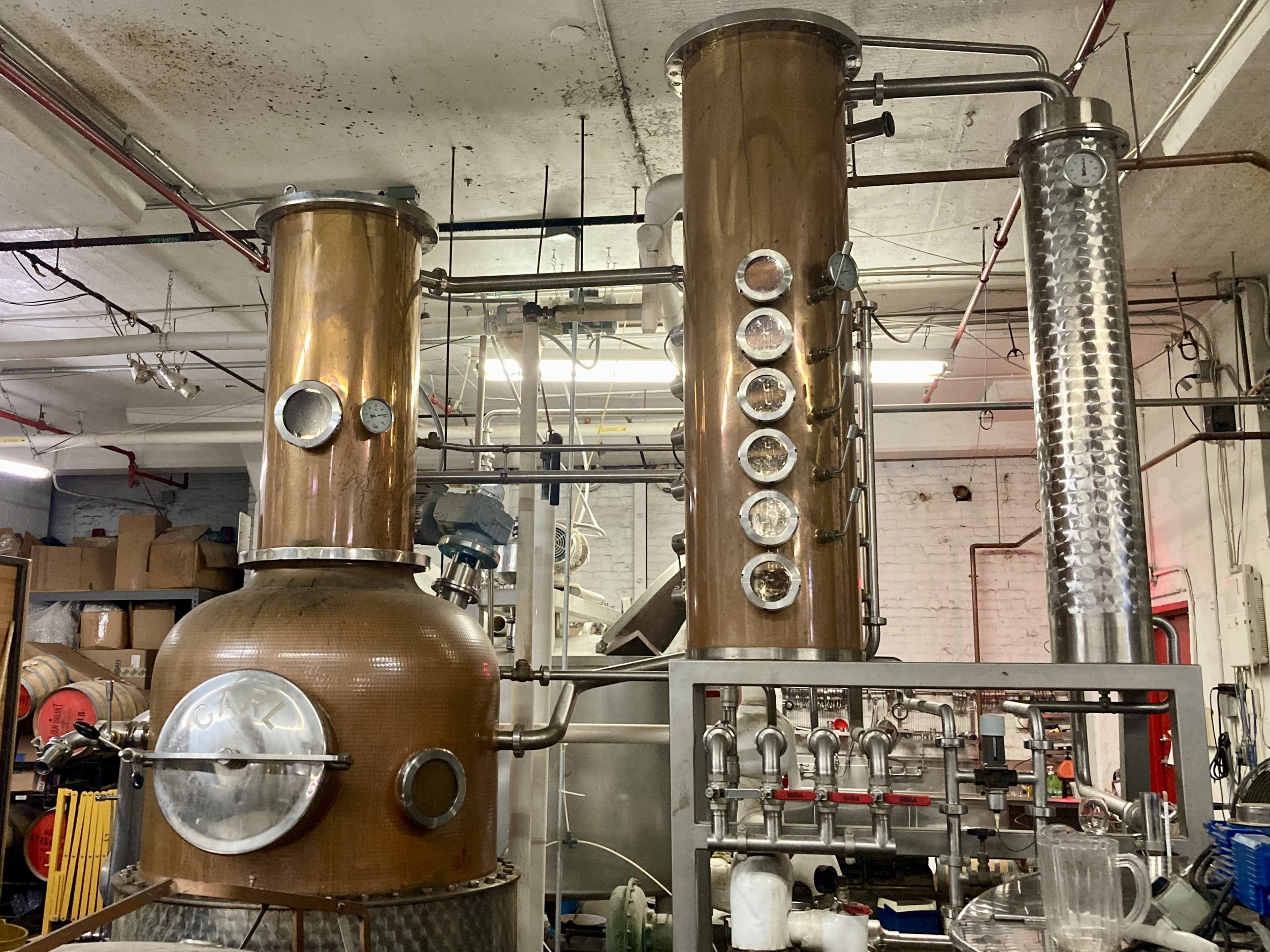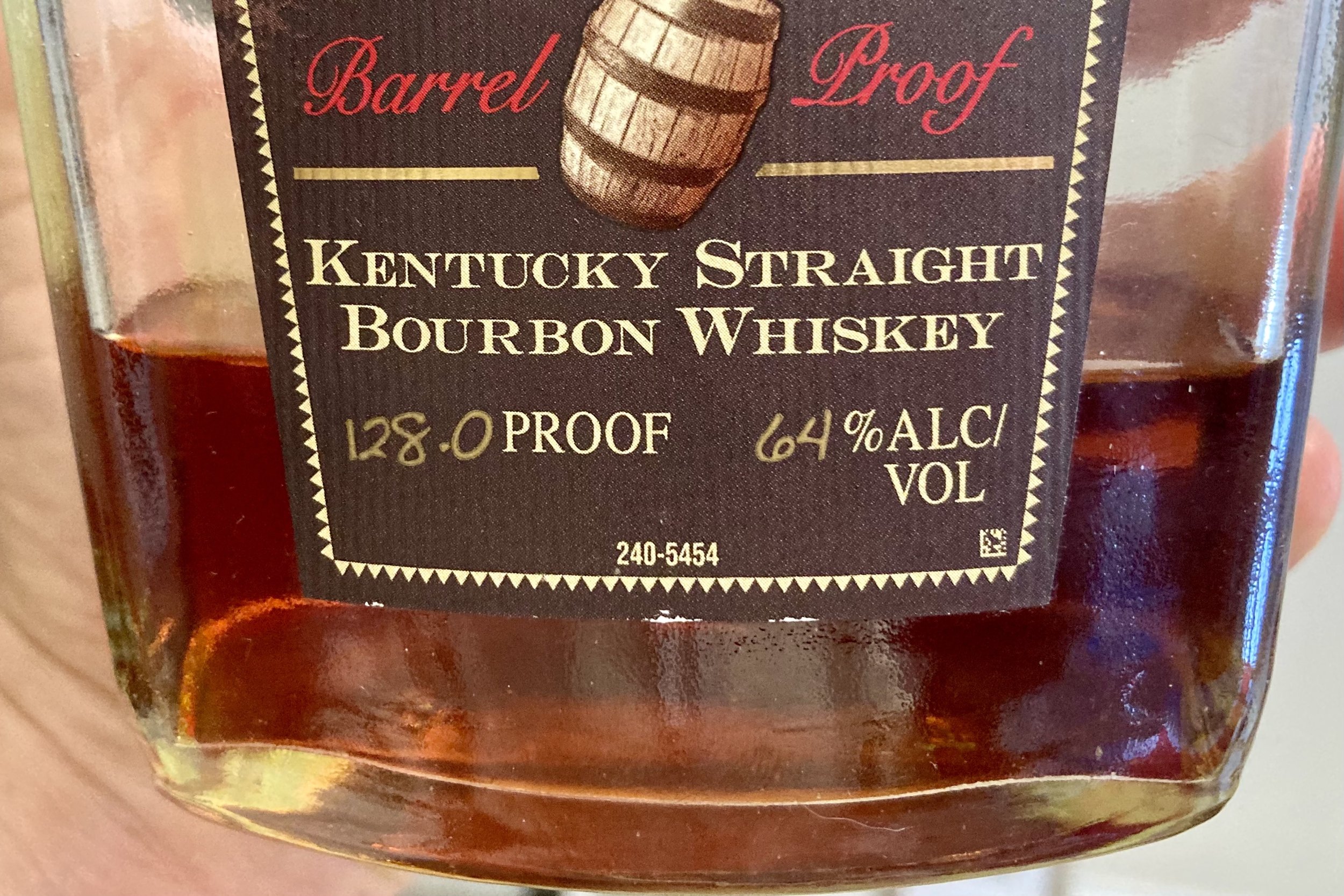Whiskey Dilution
“When is it okay to add water to whiskey and how much do you add?”
Ah yes. This question can spark a heated argument depending on who you ask. But since you asked me, I’ll tell you my guidelines for adding water. Only add water during a tasting if the host or guide has clearly instructed you to do so. Otherwise, don’t. All other times, you can add water as desired, be it in the frozen, still or sparkling form.
My reasoning for these guidelines has a scientific justification, so buckle in. The chemical composition of whiskey is primarily made up of ethanol and water with small quantities of flavor and aroma compounds. Variations in each aspect of the whiskey making process will alter the quantities of the flavor/aroma compounds. This is why all whiskey tastes unique. Now, the mixture of water and ethanol is what we call non-ideal because there are weak molecular interactions between them. This means at the molecular level, ethanol will form clusters in the bulk and will also orient itself at the surface of the liquid-air interface. The higher the concentration of ethanol (aka the higher the proof), the more clusters in the bulk. Some aroma/flavor compounds are more attracted to ethanol and therefore can get “trapped” in these little clusters.
So when someone tells you that adding a little bit of water “helps open up the flavor profile”, they’re doing two things: 1. Potentially releasing some of the compounds from the ethanol clusters and 2. Diluting all the flavor compounds, which will inherently allow some flavors to shine through that might have been masked by other compounds.
When you add water to a whiskey, you are ultimately changing the whiskey. You’re diluting the concentrations of the flavor/aroma compounds and changing the molecular interactions within the whiskey. It may be for the better, but it’s still changing the whiskey. This is why I don’t recommend adding water during a tasting (again, unless you’re told to do so). You are there to taste the whiskey itself, not see how its flavor profile changes with dilution. Also, this ensures you won’t inadvertently offend anyone by adding water to the whiskey.
There are a lot of people that would disagree with me. I’ve even read articles that claim diluting whiskey is the better and correct way to taste it, using scientific research to back their claim. These articles summarize “Dilution of whisky- the molecular perspective” by Bjorn Karlsson and Ran Friedman published in Scientific Reports. These researchers ran computer simulations looking at the behavior of guaiacol, one of the smoky flavored molecules in whiskey that develops during maturation, in ethanol/water mixtures of varying concentrations. This work is cool. It shows that guaiacol orients itself with ethanol molecules and depending on ethanol concentrations will be more in the bulk or at the surface, meaning more masked or detectable, respectively. But (you knew there would be a “but” didn’t you?) this is an overly simplified version of what whiskey really is. Guaiacol is one out of hundreds, if not thousands of flavor/aroma molecules that you experience when you take a sip of whiskey. So to make a blanket claim that diluting whiskey is better based off of the behavior of one molecule is absurd. They also did not back up their computer simulations with experiments to see if the guaiacol was in fact more detectable in ethanol/water mixtures with a diluted ABV.
I’m not saying to never ever add water. Play around with it and figure out what works for your palate. Add a few drops at a time and see what happens to the flavor profile. This is also the process that whiskey makers go through when deciding what proof to bottle a new whiskey at (assuming it’s more than 40% ABV). See how the whiskey tastes with ice and how it changes as the ice melts.
And whatever you do, do not let any article or scientific paper make you feel like you should drink your whiskey a certain way.











